Have you ever considered doing a photographic project and don't know where to start? When a person has been "trapped" in the photographic ocean for some time , after the initial fear, the first lessons and the first frustrations and begins to feel comfortable with their camera, the bug to carry out their own project begins to bite.
If you are one of these people who has already been bitten, be it the bug or the bumblebee , you are interested in staying, because today I am going to tell you the steps you must take to carry out your first photographic project.
Before launching into telling you how to carry out your first photographic project, I think I have to make a small paragraph to explain what it is and how to differentiate it from a series. A photographic project is a set of images that have a beginning and an end, dealing with a specific topic.
The images will be influenced by the personality, culture and way of understanding the world of the person carrying out the project, in this case you. It must have a narrative and aesthetic coherence, and each image must fulfill an objective within it. A photographic project implies effort, patience and dedication.
How is it different from a series? Well, in the complexity, in the preparation, in the message... A series is simply a set of photographs with the same theme. You can use photographs that you had from three years ago and those that you take four years from now, to give an example.
It occurs to you to make a series of lampposts, because you collect your photos or every time you go out with your camera you dedicate yourself to photographing them. A project requires much more, planning, methodology, timing...
But don't worry, I'll tell you and you'll see that it's very easy to understand ?
STEPS TO MAKE A PHOTOGRAPHIC PROJECT
1. WHEN
When you feel you need to tell something, share something. It is not about doing a project just because, but because you need to carry it out. Also to wear it as a practical exercise with the intention of improving your technique. To play around, it is simply worth starting with a photographic series, that is, choosing a subject and taking several photographs of the same subject, following a more or less aesthetic and format coherence. A project requires involvement, time and effort, so you must be clear about what you want to do so as not to throw in the towel at the first opportunity.
2. THE IDEA
The idea of the project may have been on your mind for a while because you are thinking about a specific topic. If so, it is because that topic motivates you enough. If you have to start from scratch, the first and most important thing is that you find a topic that not only motivates you, but also one that you want or need to get involved with, that is something that touches your heart, that you want to defend, share or denounce, about especially if it is a social project. But whatever the subject, it has to move you inside so you don't get discouraged.
For the first project I recommend that you start with something you have on hand. If you intend to photograph the way of life of the tribes of North Africa when you live in Spain and do not have a euro to travel, then you will hardly achieve your purpose. Better start by photographing the life of your neighborhood or the urban tribes of your city ?
When it comes to practicing, there are several well-known projects, such as 365 days, or 52 weeks. Especially the first one requires a lot of dedication. If it's your time and it calls you... go ahead! If not, here are some other ideas . And if you feel like you need to tell something but you don't know what, maybe it helps to think about your favorite books, songs and/or movies, it is very likely that you will find a recurring theme among them. Look around ? You can do a project about anything that comes to mind and motivates you!

3. DOCUMENTATION AND RESEARCH
You won't get rid of this part. A good photographic project requires that you investigate about it, that you delve into the subject, that you document yourself and know everything (or almost) everything related to it. To be able to tell it, you must know it well, it is also the only way to be honest, if you talk (even through your camera) about a subject, you will have to stick as closely as possible to its reality, unless your photographic project is a fantasy project that you work on between your imagination and your favorite editing program ? In that case, you will have to think about whether the project is for you or whether you want to share it and arouse interest. If you are looking for the latter, before proceeding, think about whether there will really be an audience to target.
If the subject is very close to you, such as a self-portrait a day, well, you still don't have to investigate a lot, now, if you want to show "A day in the circus life" or "Customs of the X town", to put two examples, yes you should investigate a little.
4. PROJECT SCRIPT AND PLANNING
You already have the idea, what the theme of your project is about and what you want to tell. Now it's time to script it, that is, give the project a title and organize the ideas, define how you are going to tell it, more or less in how many photographs, if the purpose is for an exhibition or a book (these details will mark the way of carrying out the work ), what objective each photo has or the work together. It can help you to make some sketches, it is not necessary that you draw very well, simply that it helps you to establish in advance what and how you want to photograph it. For example, if you want to photograph a day in the life of a singer, it would be good if you first spend a day with her, learn about her habits and then define what scenes and how you want to tell "her day" about her.
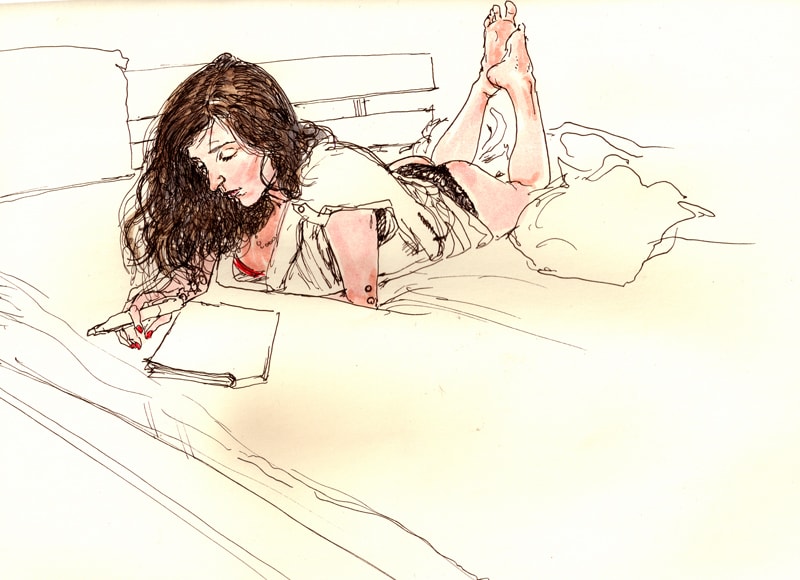
You can also use a diagram of what position the sun will be in at different times of the day in a certain place, the positions you want your model to have or where in the scene you want to place the props you have prepared.
Planning is the most important thing in a project. Leaving aspects to chance can ruin your work just when you are about to finish it. Tie up all the details in this phase of the project.
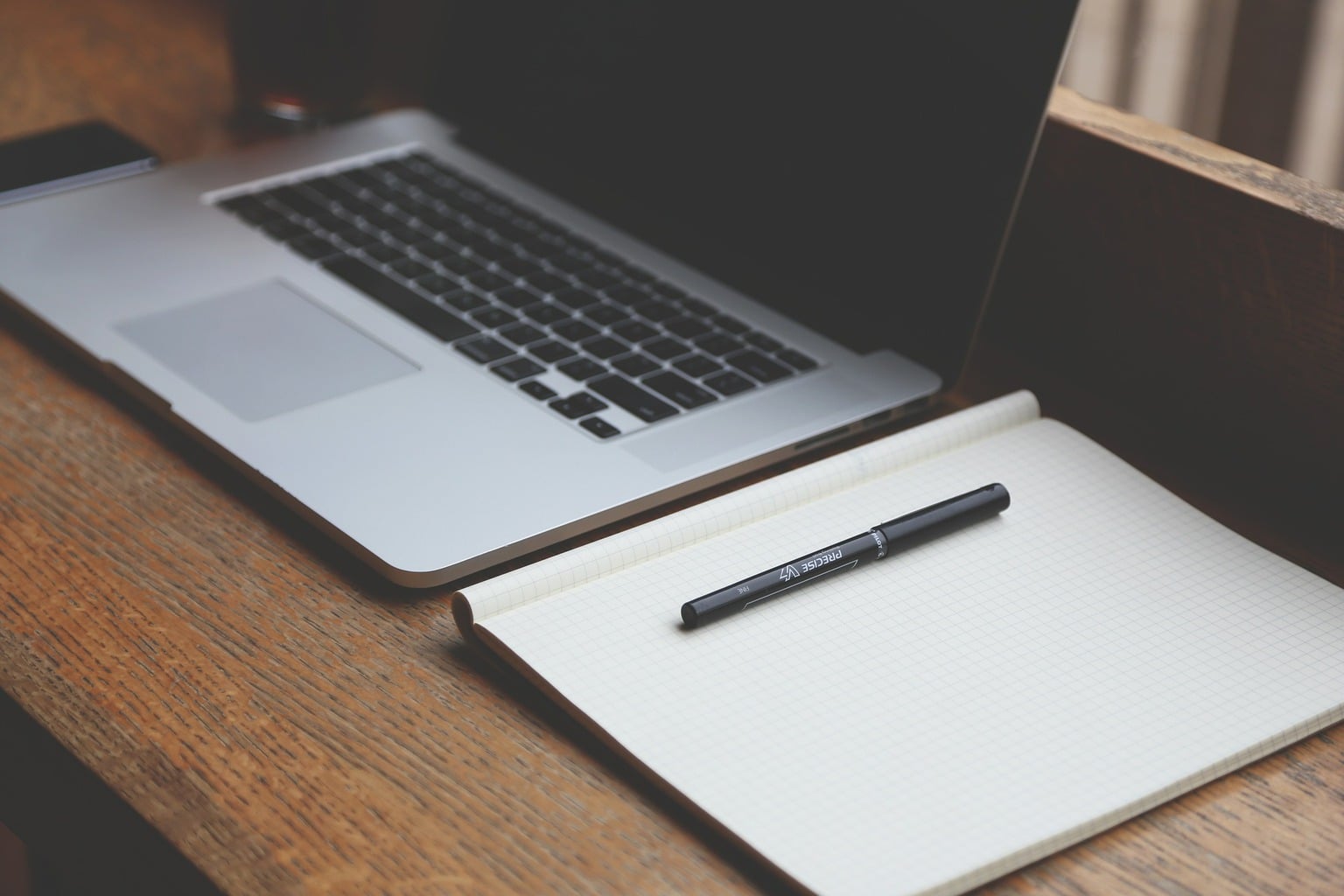
Another of the most important aspects, which is why I have left it for last, is timing . You must define how long this project will take you. Be careful not to embark on projects that are too long the first time, ideally 1-3 months because the energy ends up being lost and you get demotivated. Little by little you will be able to plan more ambitious projects, there are those who embark on projects that last almost a lifetime! But as I said, to begin with it is not the most recommended ?
5. EQUIPMENT
You already have the idea, the script of what you want to tell and the plan of how you are going to execute it. With this information, you should decide what equipment you need apart from your camera: lenses, lighting, tripod, etc. If you lack some material for what you need to transmit and your economy allows it, take the opportunity to acquire it. If this is not the case, you can try renting, the loan or readjust your plan and think about how you can carry it out with the equipment you have. The last thing you should do is realize all this at the moment of taking a photo. You must have planned it in advance. Remember that it is not an isolated photo with which you have a wide margin for improvisation, that image is part of a whole, a piece of the puzzle that must fit perfectly with the rest, otherwise it will be incomplete or worse still, with a misplaced piece ?
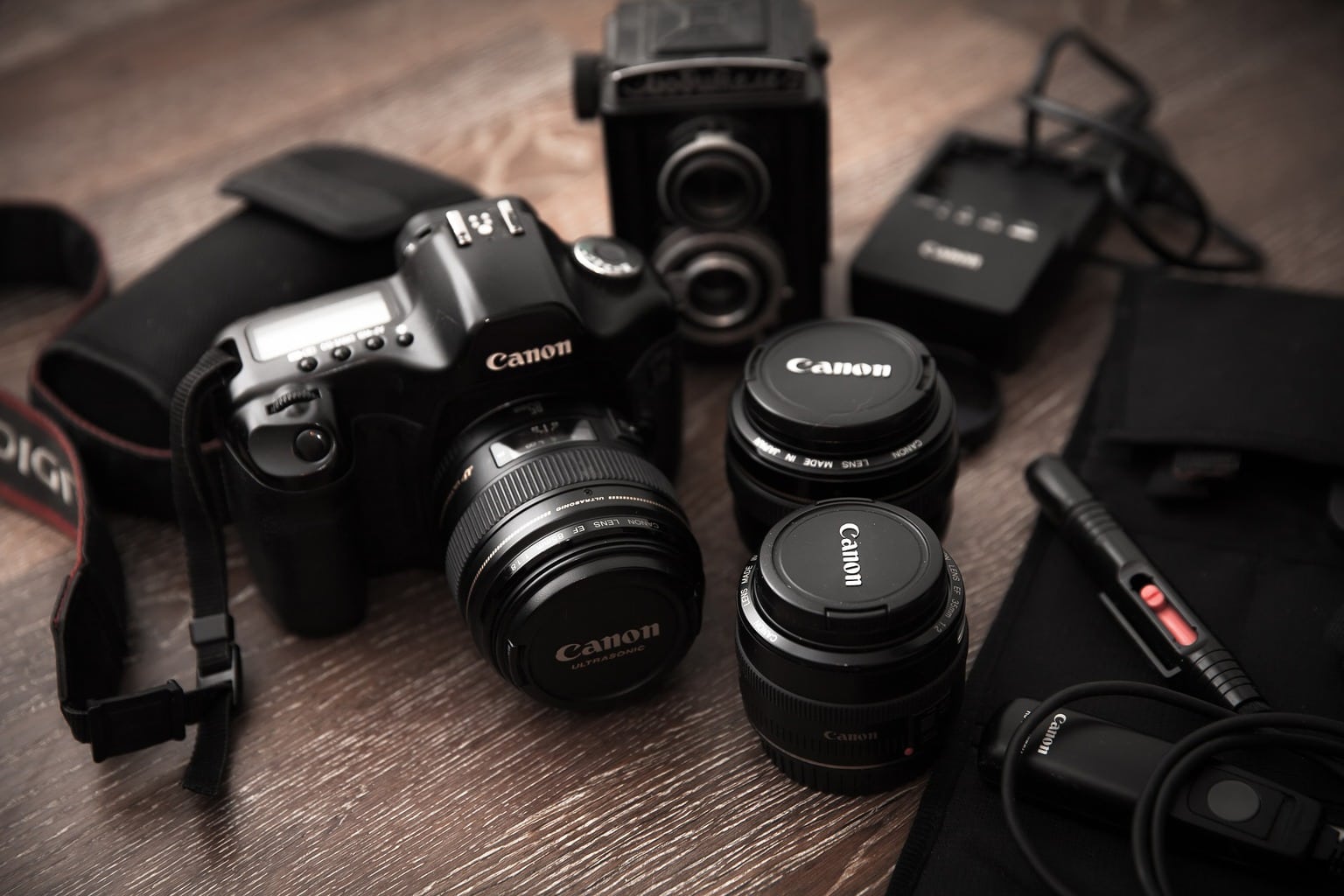
6. RESOURCES
Depending on how ambitious your project is, it is likely that you will have to use certain resources such as models, props, transportation... This is not something that should stop you, however, for a first experience, I recommend that you simplify as much as possible . Once you get started, you know what it's all about and you find your own failures to be able to correct them, you will be able to set more complex goals. Step by step the roads are built better ?
7. CAPTURE THE IDEA
Now comes the most exciting part of the project, the one that excites us the most as photography lovers that we are. Shoot, capture the idea you have in mind and that you have captured on paper. It is surely the one you enjoy the most, especially if you have done the previous planning work. Otherwise, setbacks can spoil the party ?
8. SELECTION AND EDITING
This part is usually quite tedious, which does not mean that it is less important. In fact, a poor selection can turn what would be a brilliant project into work that goes unnoticed. It is very important to select the images that best tell the idea, that have a unity, a continuity. Imagine a novel, very well written, fluid, with marvelous descriptions and engaging prose, and yet, as a whole, it doesn't make sense. The images of the project have to follow a narrative thread, at the same time that they have to have enough strength and history by themselves. They must all fit perfectly, if one does not finish and tempts you because you like it especially, do not risk it. And, if you have doubts, you can always ask for an external opinion. Sometimes we are so immersed that it is difficult for us to see objectively.
Regarding editing , since all the images are part of a set, it is better that you edit them at the same time so that they are as homogeneous as possible.
9. SAMPLE
And after all this effort, it's time to show your work! Perhaps the project was born with a clear idea of how it was going to be shown, or perhaps it is something that you have been deciding along the way. If you haven't already, think about how and where it will show off the most. If you want to publish a book, publish them in an online gallery or mount an exhibition, for example. In the latter case, you also have to think about what support and size you want to print them to display them. You can also a video with him, as this gentleman did with his daily self-portraits between 1987-2010:
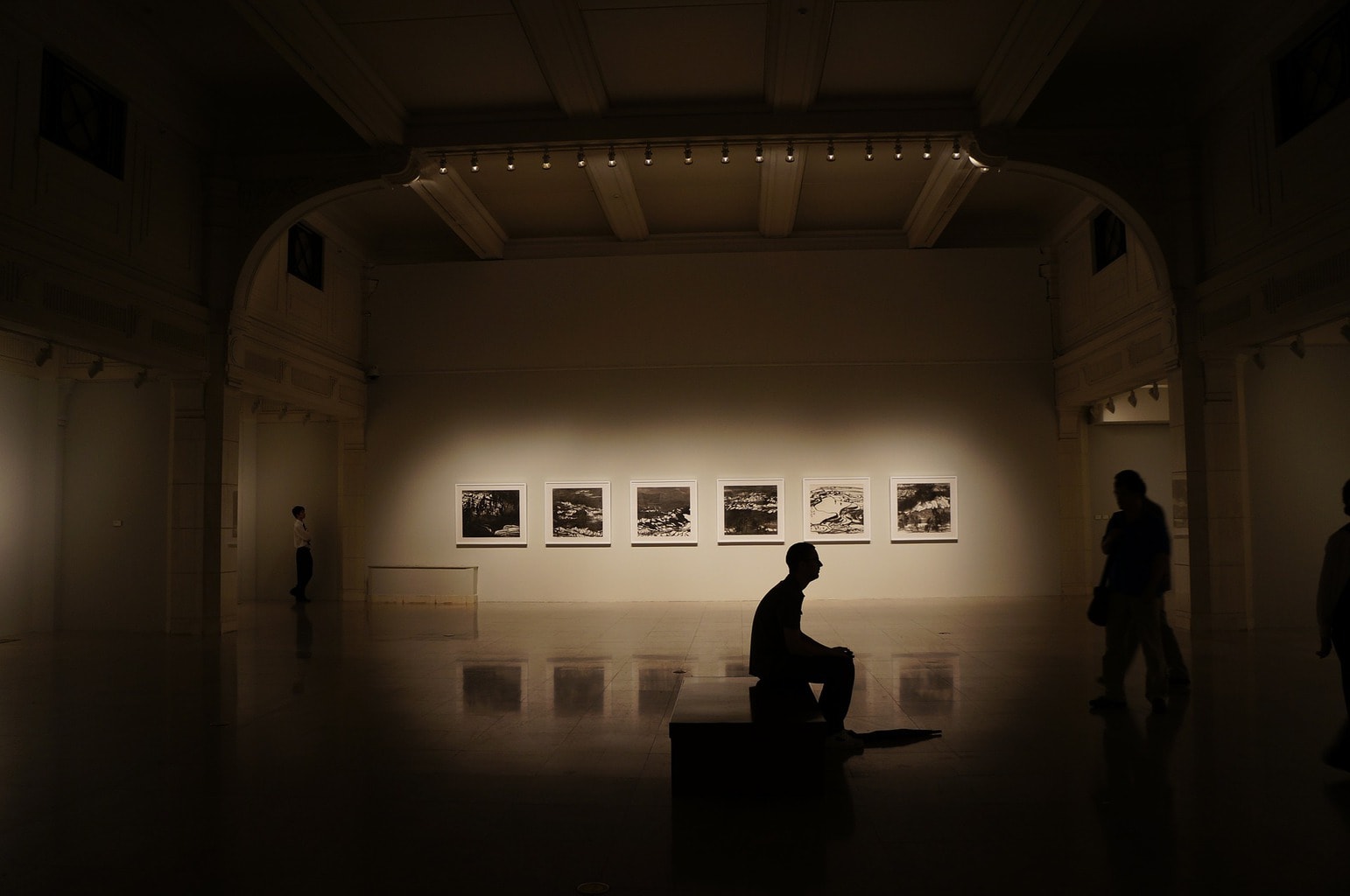
You dare?
IDEAS FOR A PHOTOGRAPHIC PROJECT
Come on... so you don't have excuses, here I propose 13 different ideas to create your first photographic project.
1. ONE A DAY FOR A YEAR
This is a classic. And I think the most complicated because it can be done too long in time and maintaining motivation is not always easy. If you are one of those who throw in the towel to a minimum or get tired soon because they need news, it may not be your best project. Yes it is if you are constant and you like big challenges. Of course, although it requires perseverance, it is a brutal exercise, every day you have to exercise the creative "muscle". Do you have time? Well go ahead!
2. ONE A WEEK FOR A YEAR
This one is somewhat softer and lighter than the previous one. It is also long in time and requires perseverance but you have a whole week to take your photo. It is more relaxed but also exercises creativity and keeps you active. You can wear one day a week so you don't get carried away, even if you have room later.
3. PHOTOGRAPH THE SAME LANDSCAPE AT DIFFERENT TIMES OF THE DAY
An excellent exercise to learn to understand light, to check its differences, observe its different nuances and see how it influences a stage. An interesting project and a great practical exercise. My advice is to look for a beautiful setting and that at some point the sun rises or sets at a point in the frame. Make a mark at the exact spot where you set up the tripod, note (and mark) the height at which you set it up, and note the focal length. Thus the landscape will be exactly the same, only the light will change. You'll be surprised what "just" can accomplish.
4. SAME LANDSCAPE IN DIFFERENT SEASONS
This is a project that can be beautiful. It will also help you to observe the light, as it not only changes throughout the day, but also between the different seasons. Including a tree in the frame or making it the protagonist can be a good idea, since the seasons are perfectly reflected in them, with their leaf falls, fruits, etc. You can see an example here or here. In the latter you have not shot from exactly the same place, do you see the importance of marking the place from where you shoot? ?
5. RECREATE PAINTINGS BY YOUR FAVORITE PAINTER
It can be something complex (depending on who your favorite painter is) that if you work well and put a lot of passion into it, it will bring you great satisfaction. You can see as an example the work of Desiree Dolronwho inspires his photographs in Flemish painters of the s. XVII. She fundamentally plays with lighting and retouching.
Another option is to make a remake of painting classics, as Annie Leibovitz did for Vogue , for example..
And whoever says paintings also says movies, songs or novels. What inspires you the most besides photography? Well that, that's what you can pursue, combine two of your passions ?
6. REINTERPRET (NOT COPY) YOUR FAVORITE PHOTOGRAPHER
Surely you have one (or several) favorite photographers, someone you follow especially, who really inspires you. Well, the idea is to reinterpret his work, which is not the same as copying. I explain. Analyze his photographs, what do you like about them, what attracts you the most, the lines, the light, the message... Whatever inspires you, when you are clear about it, try to take your own photos working on that aspect that attracts you so much They will be your photos, with your stamp but with the essence that you like from that author.
7. PHOTOGRAPH ALL THE MEMBERS OF YOUR FAMILY
Although taking a portrait may seem easy, it really isn't. The easy thing here is that being your family you play with two starting advantages, physical proximity (if you live far from them you will surely see them at some point and if you don't focus on those closest to you) and that you know them. A true portrait, one that immediately captures the public's attention, is one that captures more than just the face. Tell your audience how your family is only with images.
8. METEOROLOGY
Another project that may be interesting is to make a meteorological series, that is, to photograph the different meteorological phenomena: rain, wind, storm, fog, clouds, tornado, etc. In this article you can contemplate different photographs taken at different meteorological moments, so that you can see the charm of each one of them. Of course, I recommend that you protect your equipment (not hide it ? ).
9. PHOTOGRAPH THE MOON FOR SEVERAL MONTHS IN DIFFERENT SCENARIOS
For the lunatic, romantic or nocturnal (or all together) I bring this idea. It is about capturing the moon from different places. The moon, whether full or crescent, alone in an image does not have as much charm as if you frame it in an interesting place, in fact it can be very boring, as an exercise it is fine, but if you want something more, do not leave it alone ; ).
Look for different scenarios and let them embrace it. Each month a different scenario, the months are decided by you, six, twelve, twenty-four... ? Here are 13 tips for photographing the moon , if you are attracted to this project, don't miss them!
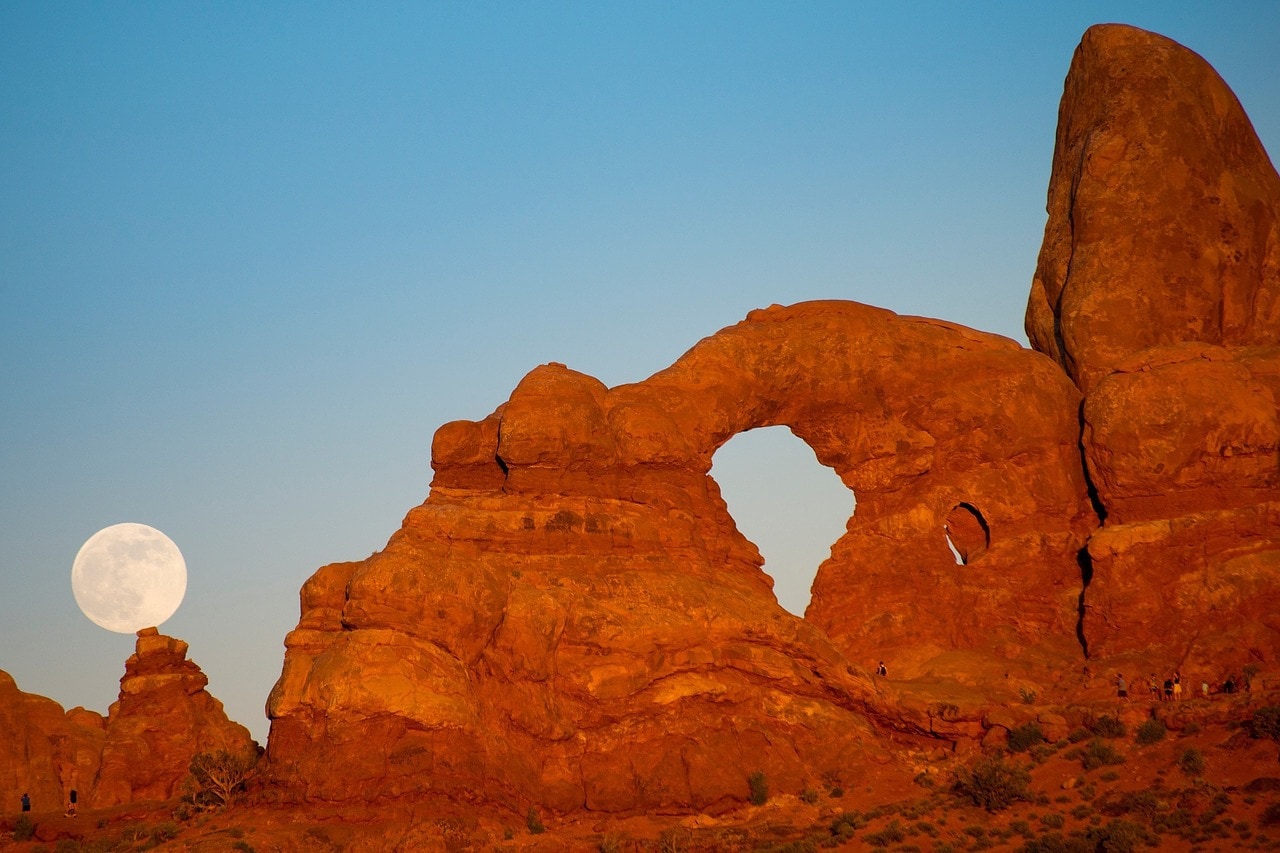
10. PHOTOGRAPH DIFFERENT SPORTS
If you are a sports lover, this may be your project. Select a series of sports, for example, risk, or ball, or gymnastics. Try to make them similar so that the project has greater coherence and focus on one aspect of the sport, which can be sacrifice, camaraderie, improvement or whatever interests or attracts you the most about sports in general or those in particular.
11. PORTRAY PETS AND THEIR OWNERS
Maybe yours is not sports and yet you are crazy about animals. Well, here's another idea, ask all your family and friends to volunteer to take pictures with their pets. Maybe you can prove that every pet ends up looking like its owner, or was it the other way around? ?
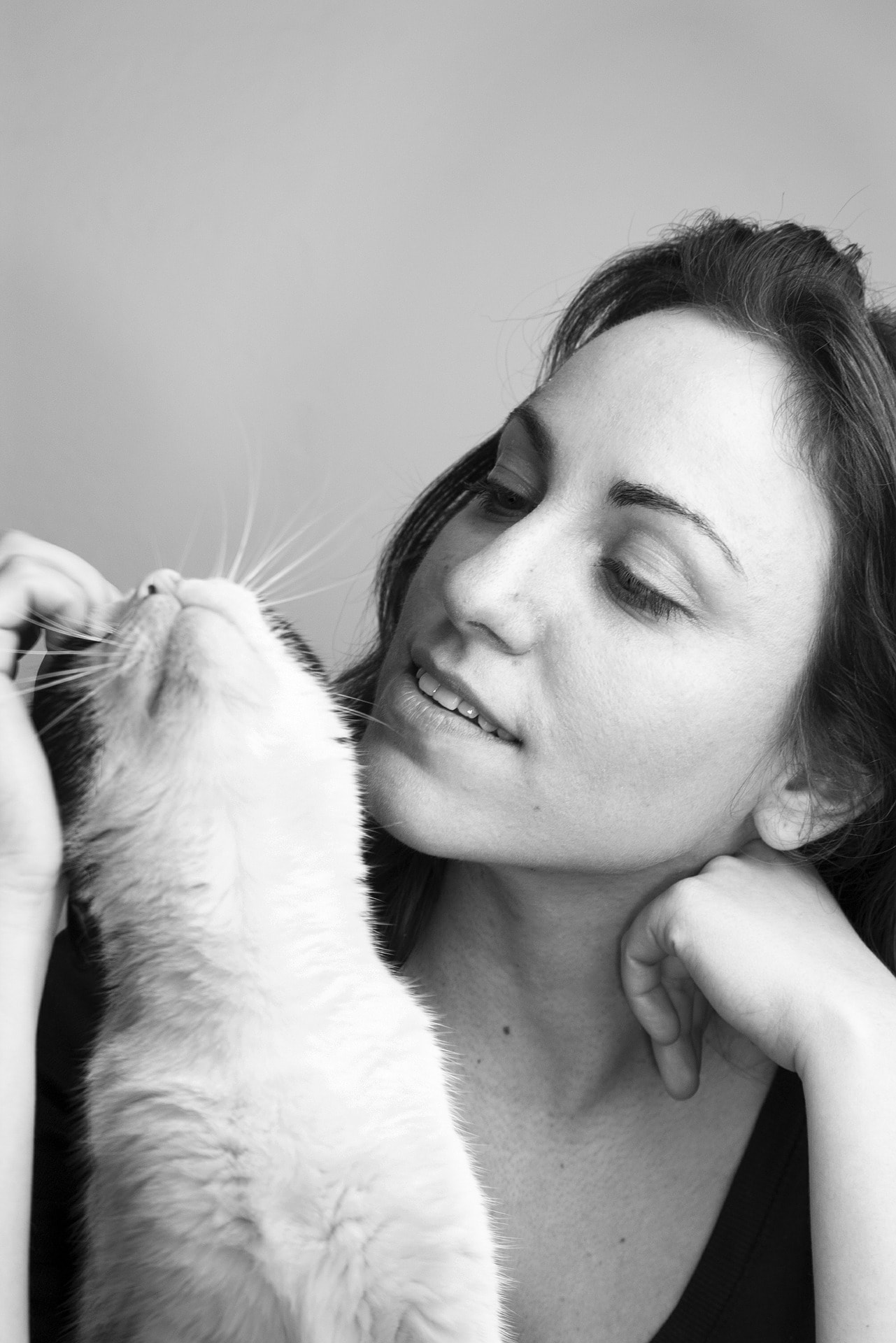
12. BEFORE AND AFTER
Do you like your city very much? Do you know how it has really changed in the last fifty or a hundred years? Find old photographs of your city and recreate the same angle to reflect the passage of time. You can play to include the old image within the frame and make a forced perspective or simply recreate the shooting angle as accurately as possible and show your image next to the old one.
13. SELF-PORTRAIT ONCE A WEEK FOR A YEAR
Have you ever photographed yourself beyond the selfie-shot-extending-your-hand-with-your-mobile? Well if you really like photography you should try it. The self- portrait is a great exercise and you always have yourself at hand. If you have a tripod (or can get one), you might want to try this challenge. This way you can also see how you change during a year, how your state of mind can be seen reflected in your eyes or your expression. It will be a practical and probably emotional exercise ?
You can always choose the same frame or you can find different ways and places to take a picture of yourself. Depending on what you are looking for with your project and what you feel like playing or creating.
And if you don't have a tripod and want to play with reflections, that's another possibility.
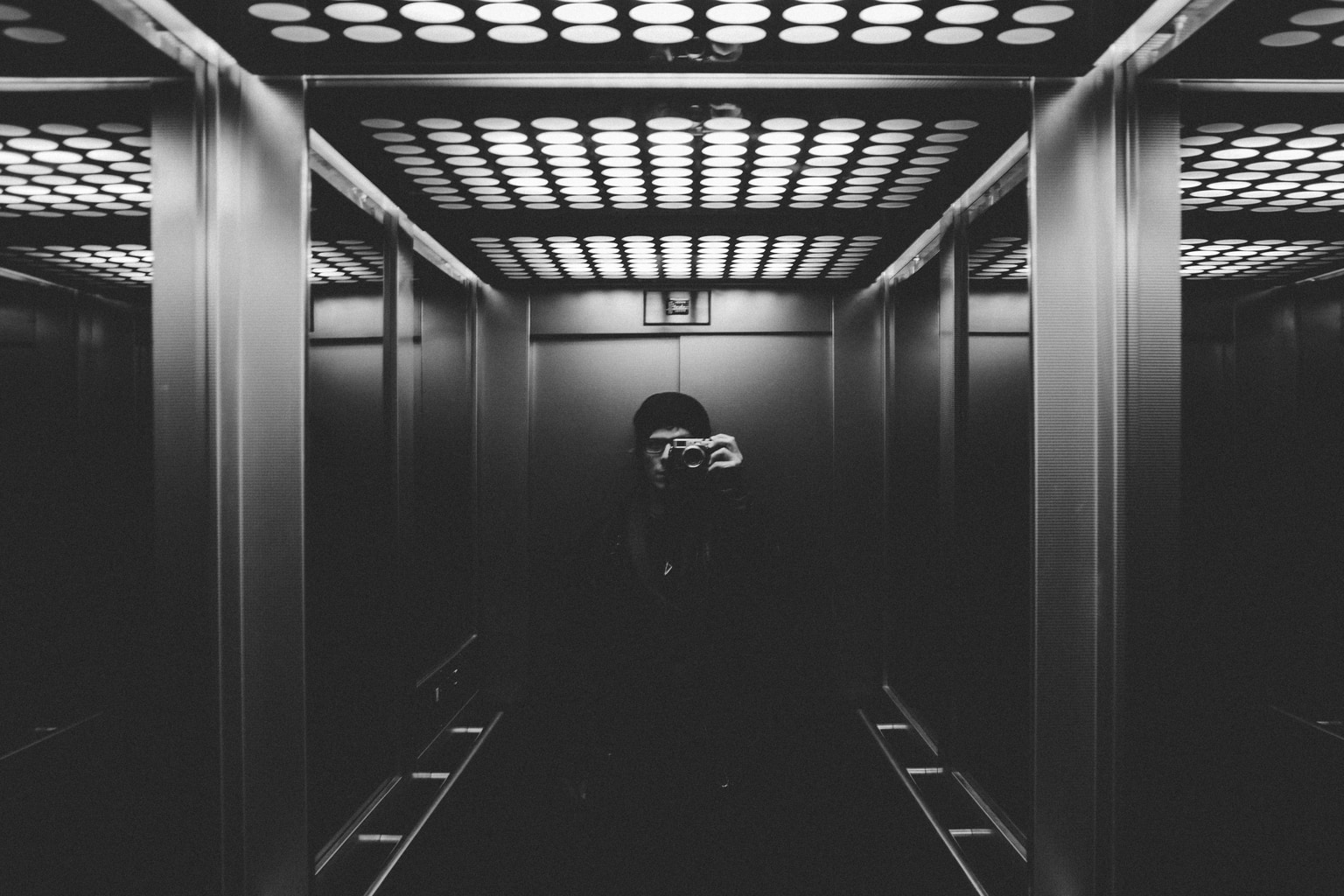

![PHOTOGRAPHY PROJECT: 13 IDEAS TO PRACTICE IN 2023 [STEP BY STEP]](https://photographychef.com/wp-content/uploads/2023/01/PHOTOGRAPHY-PROJECT.jpg)
